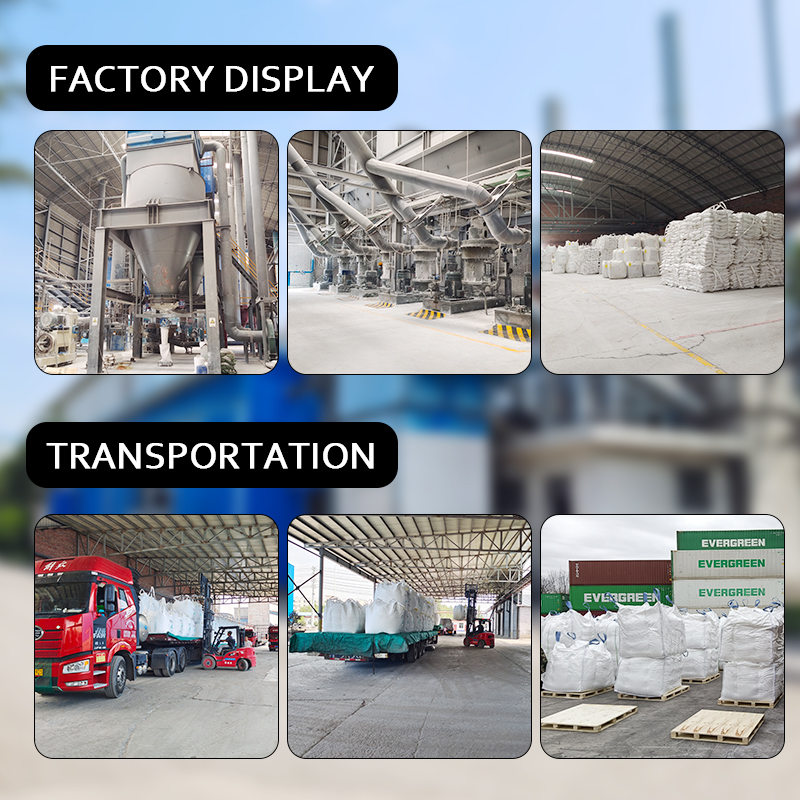Wollastonite powder has needle like and fibrous crystal morphology, high whiteness, and unique physical and chemical properties. It is widely used in ceramics, paints, coatings, plastics, rubber, chemical industry, papermaking, welding rods, metallurgical protection slag, and as a substitute for asbestos.
In the plastic industry, wollastonite powder not only plays a filling role, but also partially replaces asbestos and glass fiber for reinforcing materials. At present, it has been applied in various plastics such as epoxy, phenolic, thermosetting polyester, polyolefin, etc. Wollastonite powder is widely used in plastics for deep processing products. As a plastic filler, it is mainly used to improve tensile strength and flexural strength, and reduce costs.
In the rubber industry, natural wollastonite powder has a special needle like structure, white, non-toxic, and is an ideal filler for rubber after ultrafine crushing and surface modification. It can not only reduce the production cost of rubber products, but also improve the mechanical properties of rubber, endowing it with special functions that rubber itself does not have.
In the paint industry, wollastonite powder is used as a filler for paints and coatings, which can improve the physical and chemical properties, durability and weather resistance of products, reduce the glossiness of paints, enhance the expansion ability of coatings, reduce cracks, and also reduce oil absorption and enhance corrosion resistance. Wollastonite has a bright color and high reflectivity, making it suitable for producing high-quality white paint and clear and transparent colored paint. Needle shaped wollastonite powder has good smoothness, high color coverage and uniform distribution, and has anti UV properties. It is widely used in interior wall coatings, exterior wall coatings, special coatings, and latex paints. Superfine particle size, higher whiteness and pH value, better paint color and coating properties, and alkaline paint can be used as anti-corrosion coatings for metal equipment such as steel.
In the papermaking industry, silica fume can be used as a filler and combined with plant fibers to form papermaking composite fibers, replacing some plant fibers. Reduce wood pulp usage, lower costs, improve paper performance, enhance smoothness and opacity of paper, improve uniformity of paper, eliminate static electricity of paper, reduce shrinkage rate of paper, improve printability, and reduce pollution emissions during plant fiber pulping process.
Post time: Jun-13-2024


